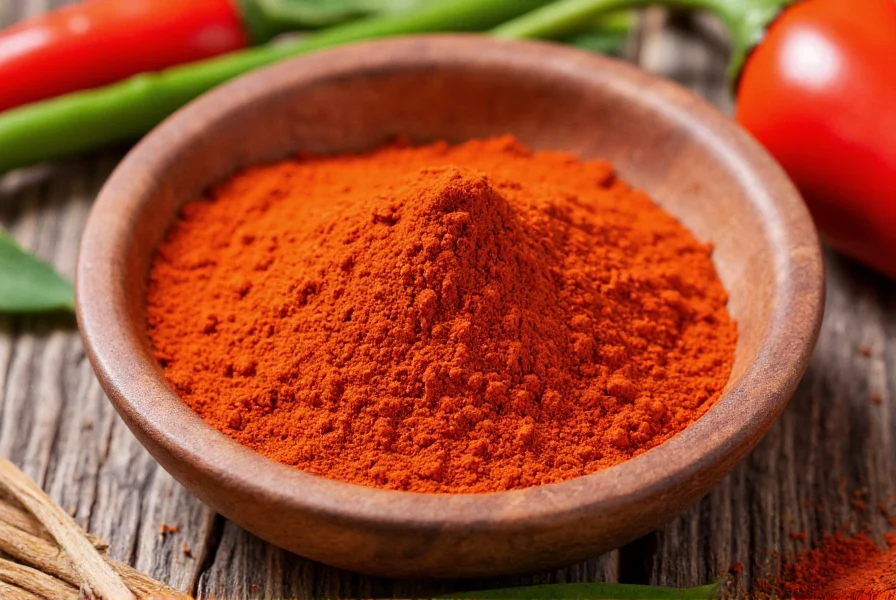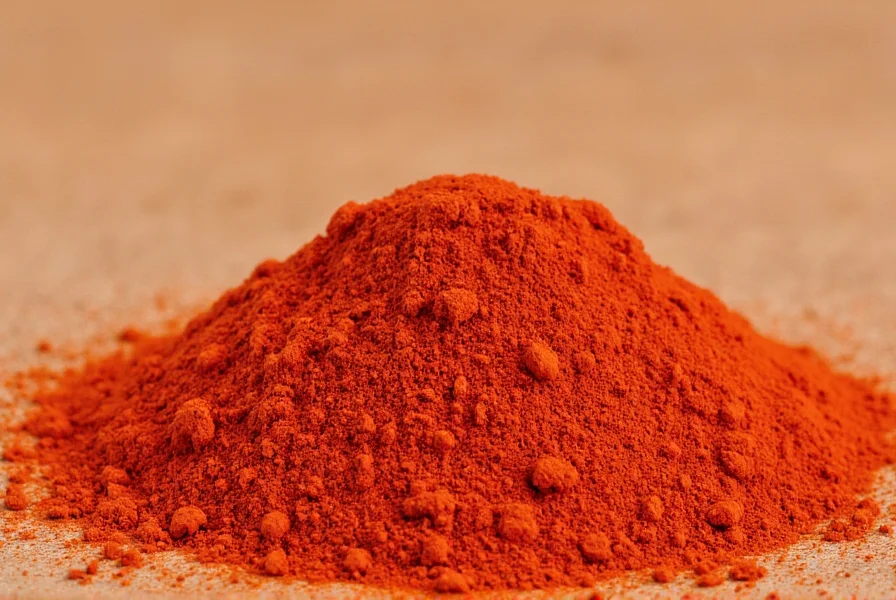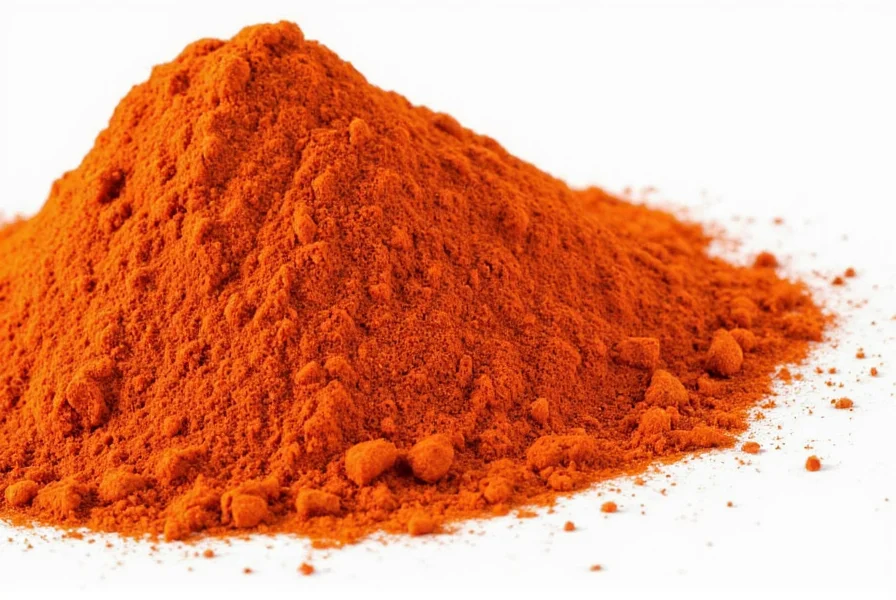Paprika powder, made from ground sweet or chili peppers, has become a staple in kitchens worldwide for its ability to transform ordinary dishes into extraordinary culinary experiences. This vibrant red spice offers more than just color—it delivers nuanced flavor profiles ranging from sweet and mild to deeply smoky or pleasantly spicy. Understanding how to use paprika effectively can elevate your cooking from basic to restaurant-quality.
The Culinary Versatility of Paprika Powder
Chefs and home cooks alike value paprika for its triple threat: flavor enhancement, natural coloring, and preservation properties. Unlike many spices that lose potency when cooked, paprika maintains its distinctive character through various cooking methods. When added early in the cooking process, it infuses dishes with deep flavor; when sprinkled at the end, it provides a fresh pepper note and striking visual appeal.
Different Types of Paprika and Their Specific Applications
Not all paprika is created equal. The specific variety determines its ideal culinary applications:
| Type of Paprika | Flavor Profile | Best Culinary Uses |
|---|---|---|
| Sweet Paprika | Mild, slightly sweet, earthy | Deviled eggs, potato salads, light-colored sauces, finishing sprinkle on soups |
| Smoked Paprika (Pimentón) | Rich, wood-smoked flavor | Paella, roasted meats, barbecue rubs, tomato-based sauces, bean dishes |
| Hot Paprika | Noticeable heat with pepper flavor | Chili con carne, spicy sausages, hearty stews, marinades for robust meats |
| Hungarian Paprika | Complex, slightly fruity | Traditional goulash, chicken paprikash, fish soups, Central European dishes |

Practical Applications in Everyday Cooking
When exploring what paprika powder is used for in home cooking, consider these practical applications:
Meat Seasoning and Rubs
Paprika forms the backbone of countless dry rubs for meats. Its ability to create a beautiful crust while imparting flavor makes it perfect for:
- Chicken wings and drumettes
- Pork shoulder before slow cooking
- Beef brisket rubs
- Grilled fish fillets
Sauce and Soup Enhancement
Adding paprika to liquid-based dishes requires timing consideration. For maximum flavor impact:
- Bloom sweet paprika in oil before adding liquids to release flavor compounds
- Add smoked paprika midway through cooking to preserve its distinctive aroma
- Use hot paprika early in the cooking process to mellow its heat
- Stir sweet paprika into finished sauces for vibrant color without cooking off delicate flavors
Vegetable Preparation
Roasted vegetables benefit tremendously from paprika's flavor and color. Toss potatoes, carrots, or cauliflower with olive oil and paprika before roasting for a restaurant-quality side dish. Sprinkle over fresh tomato salads for visual appeal and subtle flavor enhancement.
Pro Tips for Using Paprika Powder Effectively
Understanding how to use paprika powder properly can make the difference between a good dish and a great one:
- Heat activation: Paprika's flavors bloom when exposed to heat. For best results, sauté it briefly in oil before adding other ingredients.
- Timing matters: Add sweet paprika later in cooking to preserve its delicate flavor, while hot paprika benefits from longer cooking to mellow its heat.
- Pairing wisdom: Paprika complements garlic, onions, cumin, and oregano exceptionally well. Avoid pairing with strongly competing spices like curry powder.
- Color preservation: Acidic ingredients can dull paprika's vibrant color. Add lemon juice or vinegar after paprika has been incorporated.

Storage Guidelines for Maximum Freshness
To maintain what paprika powder is used for effectively in your cooking, proper storage is essential. Exposure to light, heat, and air degrades both flavor and color. Store paprika in an airtight container in a cool, dark cupboard—not above the stove where heat fluctuates. Properly stored, paprika retains optimal flavor for 6-12 months. For extended freshness, consider refrigerating paprika, especially smoked varieties which contain more volatile compounds.
Common Mistakes to Avoid When Using Paprika
Even experienced cooks sometimes misuse this versatile spice:
- Burning paprika: Paprika scorches easily at high temperatures, turning bitter. Never add it directly to a hot, empty pan.
- Using expired paprika: Old paprika loses both color and flavor. If it doesn't smell distinctly peppery, replace it.
- Overpowering delicate dishes: Sweet paprika works well with subtle flavors, but hot varieties can overwhelm light dishes like fish or chicken.
- Mixing varieties indiscriminately: Understanding the different types of paprika and their uses prevents flavor confusion in your dishes.
Global Culinary Traditions Featuring Paprika
Paprika powder's journey from Central America to global prominence has resulted in distinctive regional applications:
- Hungarian cuisine: The national spice used in goulash, paprikash, and fisherman's soup
- Spanish cooking: Smoked paprika (pimentón) defines chorizo, patatas bravas, and many seafood dishes
- Indian recipes: Often blended into curry powders and tandoori spice mixes
- American Southern cooking: Key ingredient in barbecue rubs and deviled eggs
- Moroccan tagines: Adds depth and color to slow-cooked meat and vegetable stews











 浙公网安备
33010002000092号
浙公网安备
33010002000092号 浙B2-20120091-4
浙B2-20120091-4